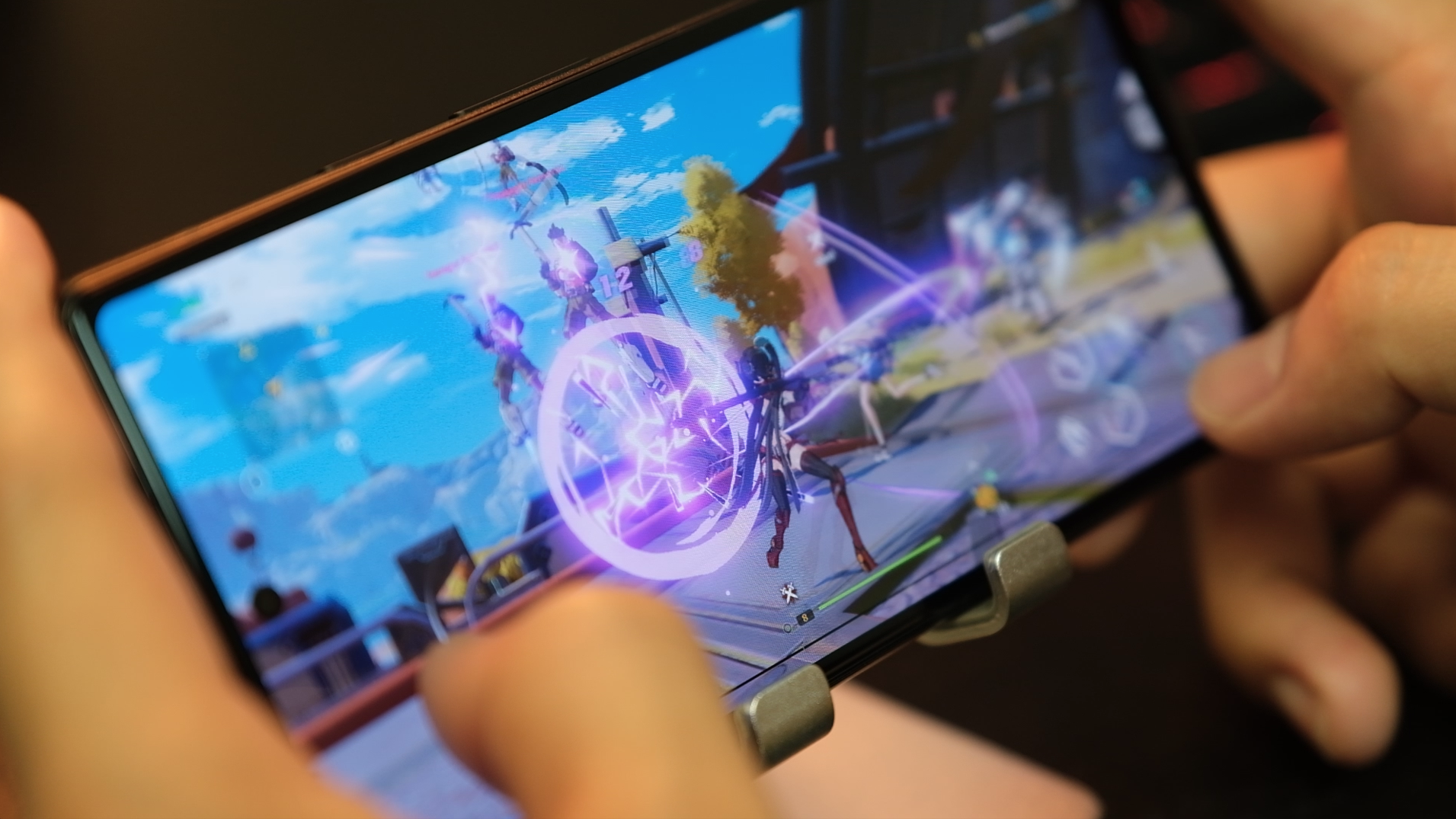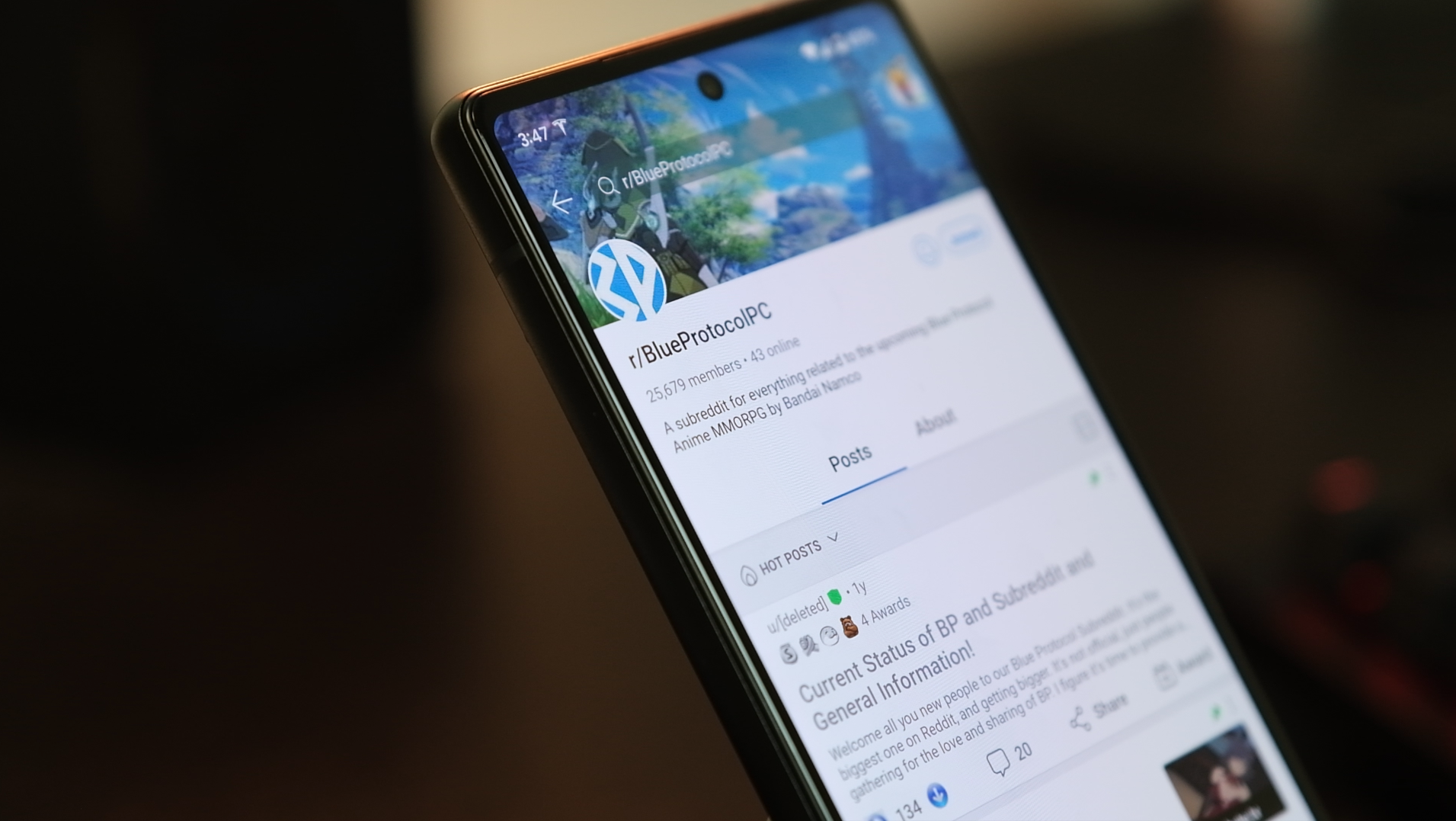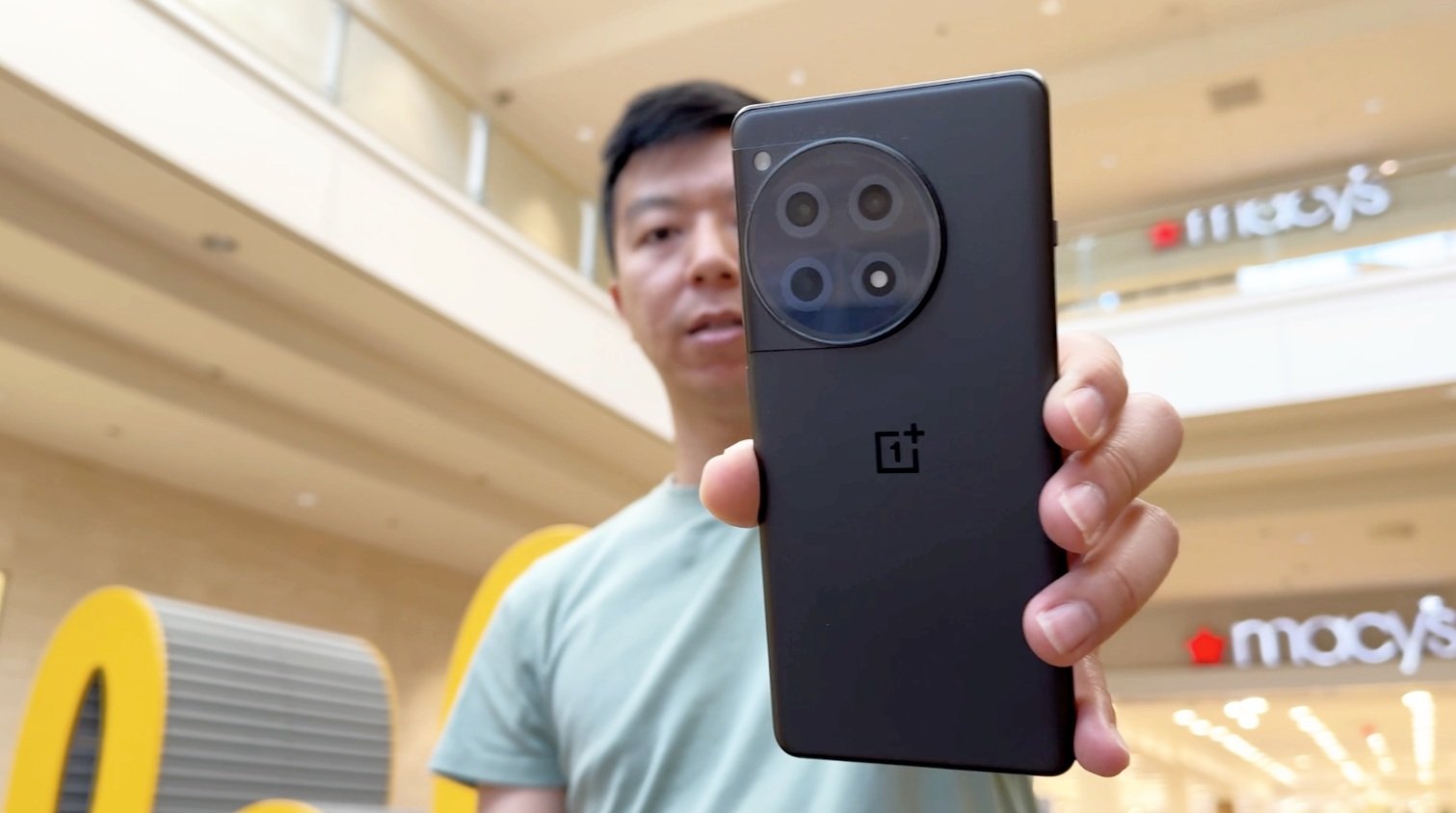Google Pixel 6a Review: The Most Important Pixel
PURCHASE Price: $449.99
We are a participant in the Amazon Services LLC Associates Program, an affiliate advertising program designed to provide a means for us to earn fees and support our channel by linking to Amazon.com and affiliated sites.
Disclaimer: Google sent us a unit of the Pixel 6a free of charge to review, but all thoughts and opinions expressed in this review are our own and were not discussed with the company prior to publishing.
Product Specs +
- 6.61 inch 1080x2400p OLED display (429 ppi)
- 60 Hz Refresh Rate
- Android 12
- In Display Fingerprint Scanner
- Tensor SoC
- 6 GB ram/ 128 GB Storage
- 4,410 mAh Battery
Camera Specs +
Rear Cameras
- 12.2 MP, f/1.7, (wide)
- 12 MP, f/2.2, (ultrawide)
- 4K @60fps Video Recording
Selfie Cameras
- 8 MP, f/2.0 (wide)
After more than a month with the Google Pixel 6a, I can earnestly say that this phone has finally broken through the barriers that had plagued the previous Pixel A phones from truly competing with Apple and their SE products. I’ve always enjoyed using the A phones from previous generations, but with the 6a, I truly do feel as if it can replace a flagship phone as anyone’s daily driver. So what exactly elevates the 6a to this standing? Let’s look deeper into what I think is Google’s most important Pixel yet.
Two Big Stories
There are two big stories when it comes to this year’s mid-range Pixel phone. The first contributor that makes the Pixel 6a more well rounded when compared to predecessors is the in-house designed processor. No, it isn’t anything upgraded or new, as Google is recycling their Tensor SoC which debuted on the other Pixel 6 products last year. This unifies the entire Pixel 6 lineup with one chipset, which I actually appreciate a lot. I just recently reviewed the Xiaomi Redmi Note 11 Pro, and the sheer amount of diversity in processing power based around the 16 phones that share that name is mind bogglingly and honestly confusing.


The Tensor processor isn’t necessarily a powerhouse chip, however, it supports Android 12 nearly perfectly. We’ve seen this in the past with Apple where an iPhone would operate so effectively with such little ram. Google has finally figured something out here as during my everyday usage of the phone, I really couldn’t draw the line between what I would classify as flagship and mid-tier performance. Whereas last year’s Qualcomm SD765G processor kept the Pixel 5a flowing through tasks very admirably, if you were looking for it, you could point out situations where the phone performed slightly less so than what people consider flagship devices. It is significantly harder to do that this year with the Tensor powered 6a side by side a traditional flagship phone.
I’m not saying it’s not statistically there, but for everyday tasks, the 6a is as snappy as you can expect from a modern flagship smartphone. The fact that I can even say that as a comparison to phones twice the price of the 6a’s $449 price tag and that alone puts this phone on lists for consideration for any buyer out there. With 6 GB of ram and 128 GB of storage, this phone has yet to really struggle with applications I’ve come across. I’ve been on one of my mobile game addiction sprees and the Pixel 6a has accommodated every game in my library well. The phone does heat up to a semi-discomforting level after prolonged usage, but I have yet to notice significant throttling. At worst, it’s just been a quick stutter before stabilizing for the long haul. Unfortunately, software optimization can only do so much to remedy this heating discomfort. Hopefully the 2nd generation of Tensor chips will handle temperature a bit better. Still, I’m quite happy with the performance on the 6a overall.
The other big change to elevate the 6a into (in my opinion) a mainstream player is the re-design of the body. Actually, the right term should be recycling, as the Pixel 6a is a near clone of the Pixel 6 and 6 Pro. Once again, I feel that streamlining a lineup to match is a good thing. I didn’t dislike the look and feel of the 5a and the 4a before it. They were perfectly fine designs if not a bit uninspired for sub-$500 phones. But, we weren’t using the A-series because they were fashion icons in the looks department. Their performance for the price was why we were attracted to a mid-tier Pixel. That doesn’t matter anymore as they’re now uniform with Google’s highest priced designs and I couldn’t have asked for a better transition. Yes, Google still had to cut corners to lower the price point by using things like a really long tenured Corning Gorilla Glass 3 display. Notice how I said long tenured and not outdated, because I still think that Gorilla Glass 3 is a valid product that does the job. I’ve used double digit phones with this glass and it isn’t a detractor for me at least.
Look and Feel
The viewing experience on this 6.1 inch Full HD OLED panel also is quite enjoyable to view. It has 429 ppi thanks to that 20:9 aspect ratio. It’s a slightly shorter display than the Pixel 6 and 6 Pro, but it isn’t really noticeable when viewing media. The colors are vivid thanks to that OLED panel, but what I like about it is that it’s pretty consistent across the board. The viewing angles are good in all directions. The saturation and brightness are all on par with what I find acceptable for a good viewing session. The only thing someone may find disappointing about it is that it has a 60 hz refresh rate. Every time we review a 60 hz phone nowadays, I say the same thing. If you know you know and it’s hard to not know once you’ve known. Essentially if you’ve used a higher refresh rate, you can kind of see the difference. You’ll get used to the lower refresh rate again after awhile and it doesn’t deter from the experience in my opinion. If you haven’t experienced a higher refresh rate on a phone, then you won’t know what it feels like in the first place and this will be more of the same and thus isn’t a problem at all.
Physically, the Pixel 6a is deceptively premium in look and feel. It has an aluminum frame holding a plastic back together. Budget devices don’t usually have aluminum frames to save on material costs. This makes the phone have a flagship touch when holding it in your hand. While the back is a glossy plastic, it looks deceptive as it resembles the glass back on a Pixel 6. However, it still feels hollow when you tap it. This isn’t to say that the phone feels cheap as I actually do think there is a noticeable difference in material feel compared to last year’s model. I think Google did a fine job mixing between what consumers consider cheap and quality material to fit into a package for this sub-$500 price tag. I would still say that the Apple iPhone SE (2022) is a more premium feeling device at a $429 MSRP, but the Pixel 6a doesn’t feel too far behind it anymore.
Yesteryear Cameras
Another big change as a result of the design update is the relocation of the rear cameras. The 6a has a modified camera bar that first appeared on the Pixel 6. However, unlike that phone and it’s bulging camera strip, the one of the 6a is much more refined. The sensors are just slightly protruding from the rest of the body of the phone, making it a much more pleasing aesthetic to look at. Part of the reason for this is because Google has kept the same exact dual rear camera setup that has been around since the Pixel 3. It’s a 12.2 MP wide sensor accompanied by a 12 MP ultra-wide partner that while still plenty good enough for most people in 2022, is starting to feel a bit outdated when you consider the fact that people upgrading to this phone could potentially have had the same exact hardware on a new phone as they did on a Pixel 3 in 2018.
On the one hand, photo clarity in optimal lightning is still terrific thanks to a mixture of the sensors and Google’s AI software. You can easily snap a good looking (by mobile standards) shot at any given time with this phone. Just pull it out and snap. That’s always been a strength of the Pixel cameras. It’s just really easy to frame and capture something usable by relying on automatic mode. On the other hand, some of the other recurring complaints I’ve had about the Google camera continue to appear here as well. I don’t personally like the way Google processes HDR photos as I feel the phone harshly over processes to the point where it detracts from the details of the frame. On some photos, surfaces have a shimmer to them that isn’t actually there in real life. Other things like portrait mode and night sight still hold up well enough on the 6a. I can nitpick on things I want to see better from the results I’ve received, but overall this is still one of the best mobile cameras on a brand new phone under $500. It’s really hard to debate that. This is one aspect that the Pixel 6a handily beats the iPhone SE Gen 3 in.
Taken on the Google Pixel 6a
No More Battery Woes
I can earnestly say that the battery woes that have been a stigma attached to the Pixel brand has been exorcised.
Other goodies that the Pixel 6a supplies us with is an under display fingerprint scanner that does the job. It’s not the fastest scanner out there as it takes a moment for the phone to recognize the finger, but it’s fine as is. There’s a 4,410 mAh battery keeping the phone afloat during the workday. I’ve thoroughly run the Pixel 6a to the ground this last month and I can earnestly say that the battery woes that have been a stigma attached to the Pixel brand has been exorcised. This is a competent phone in the battery life department that will last an entire day for casual users. I’ve hit 7-8 hours of screen on time with constant streaming or gaming going on. That could not have happened with previous generations of Pixels across the board until the 6 series. Although there’s fast charging, I would have liked to have wireless Qi charging on the device as I do have a lot of Qi charging peripherals around the office. In fact I have a Pixel charger that won’t work with this or any of the A-line phones. I don’t find it unreasonable as the iPhone SE has Qi-charging in this price segment.
Should You Buy It?
There’s a lot to like here with the Pixel 6a. For the mere fact that this is a $450 phone that looks good, has stock Android software with updates, a good camera, and least of all 5G connectivity, makes this phone elevate straight to the top of my short list of options. There really isn’t much compromise with the 6a this year. The things that are obvious budget restraints are intelligently omitted where it doesn’t really hamper the overall experience with the phone. I think Google did a terrific job bringing the Pixel 6a into the same playing field as the iPhone SE this year. This is one of two phones in the sub-$500 genre that I would easily recommend to buyers. It’s a well rounded phone that offers terrific value that I don’t foresee many people being disappointed with in the long run.


























Alex
Caught in between the conundrum of his fascination with retro and the future, Alex has a very unique taste in technology. Never one to follow trends like his millennial peers yet constantly desiring to get ahead of the curve, he sees technology like he does his other love: comic books. Always looking for the best value or a hidden gem, his collector mindset reflects on some of his favorite gadgets: the Moto X (2015), HTC U11 and the Google Pixelbook. If there’s a good tech deal out there, Alex is on the hunt!